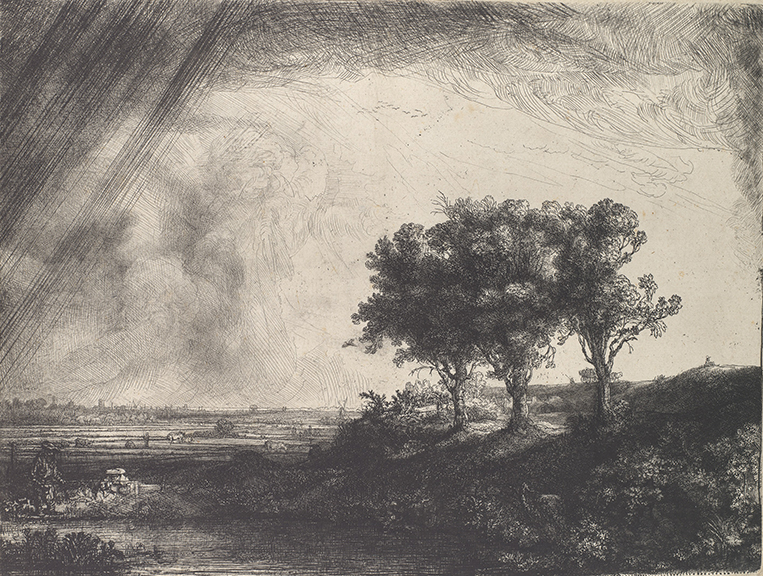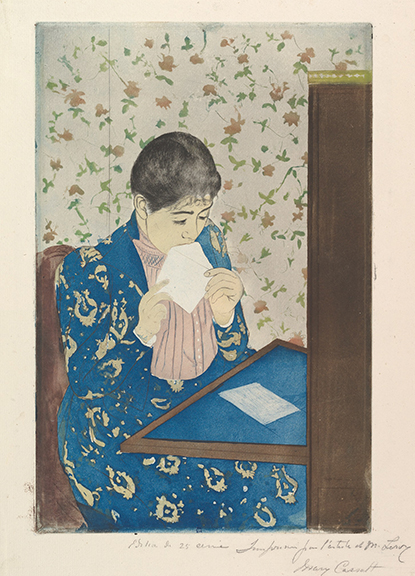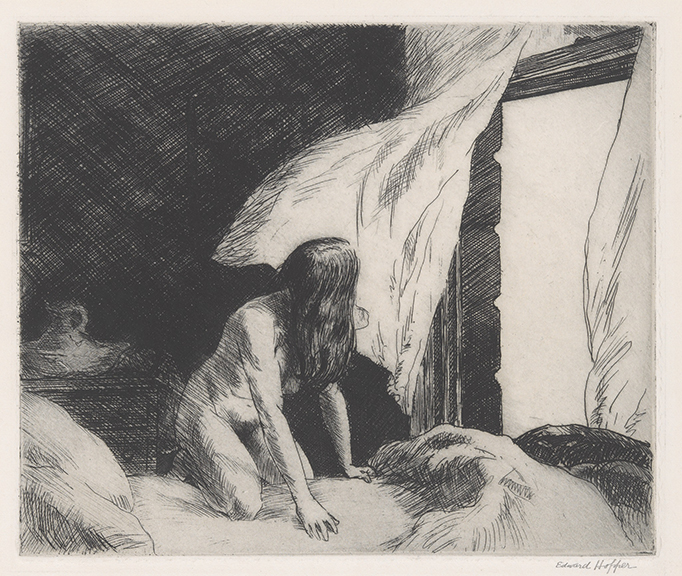There were a few words — “brilliantly mixing the exceptional and the everyday” — in the text panel at the entrance that got me excited about what was to come.
And as I walked through “The Power of Prints: The Legacy of William M. Ivins and A. Hyatt Mayor” at The Metropolitan Museum of Art in Manhattan one morning last week, those words were quickly proven more than true, as the show offers a tour across centuries and a dazzling array of artistic styles not often contained within a single exhibition.
Filling three galleries on the second floor, “The Power of Prints” surveys the etchings, engravings, woodcuts, lithographs — and whimsical ephemera — that mark the museum’s Department of Prints’ impressive holdings. The show, crafted in honor of the department’s centennial, pays tribute to the work of Ivins (1881-1961), founding curator of the department (and Woodbury, Conn., resident), and his protégé, Mayor (1901-1980), who joined the Met in 1932.
It’s a whirlwind trip through etchings by Nyack-born Edward Hopper and works by Mary Cassatt, Edgar Degas and Childe Hassam (who had a strong association with the Cos Cob Art Colony). You’ll also see etchings by James McNeill Whistler, Camille Pissarro and Rembrandt van Rijn, all within steps of entering.
Renaissance engravings follow, as do intricate woodcuts before leading to a selection of lithographs, popular prints and items created for the mass market. In that final space, there are advertisements from the likes of Henri de Toulouse-Lautrec, Jules Chéret and a pair of cases filled with a just-plain-fun assortment of ephemera, including bakery insert cards (depicting everything from movie stars to presidents, cartoon characters to sports cars and athletes), vintage postcards, playing cards and more.
It’s an exhibition with the proverbial something for everyone, in which the works on view go far beyond basic aesthetics.
Freyda Spira, associate curator in the Metropolitan Museum’s Department of Drawings and Prints — and a Rye resident, WAG was pleased to hear — organized the exhibition and graciously agreed to answer a few of our questions.
WAG: As the exhibition marks the centennial of the prints department, how long was it in planning – and how did you decide what to include?
FS: “As a centennial exhibition of a department that numbers over 1.3 million objects, it was quite difficult to determine how to conceptualize the show and figure out what kinds of prints would be included. I spent a year or so thinking about how to organize the show. Ivins and Mayor were both so influential in terms of American collecting and print scholarship that I really wanted the exhibition to reflect their intellectual endeavor. I organized the show around two ideas they contended with throughout their careers – taste and prints as a means of visual communication. Once the parameters were determined, I just had a fantastic time picking the objects to include.”
WAG: There is such an incredibly wide range of materials included. Was it overwhelming, challenging, fun?
FS: “It was an incredibly fun and challenging experience. I had the entire collection to work with and spent many months just going through the collection. It was a joy. My area of specialty is Northern Renaissance, meaning German and Netherlandish works from 1400 to 1800, so being able to work across the centuries was exciting and it gave me the chance to work with all of the curators in my department.”
WAG: What do you hope visitors will take away from this exhibition?
FS: “I hope people enjoy seeing the breadth and depth of the Met’s collection – seeing both old favorites and extremely surprising things. I would love for people to learn about the building of this great American print collection, and how prints are an integral part of our visual culture. The Met’s collection was the first in the United States to collect both the masterpieces of printmaking as well as prints that foster the spread of information and are a medium for the masses.”
“The Power of Prints” continues through May 22 at the museum, open daily at 1000 Fifth Ave.
For more, visit metmuseum.org. – Mary Shustack



